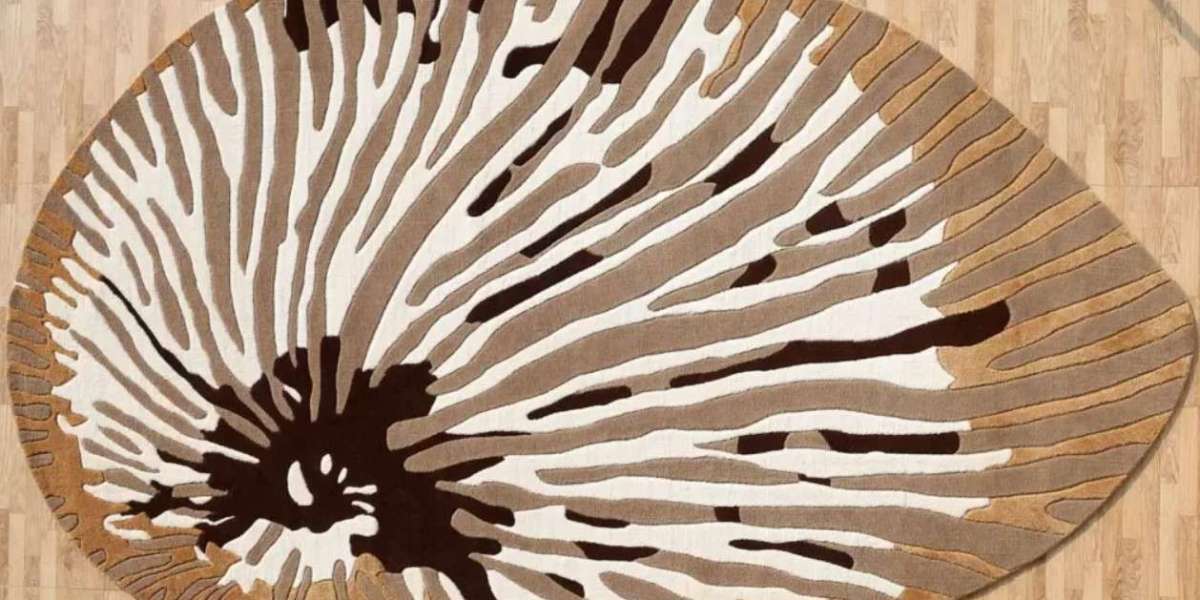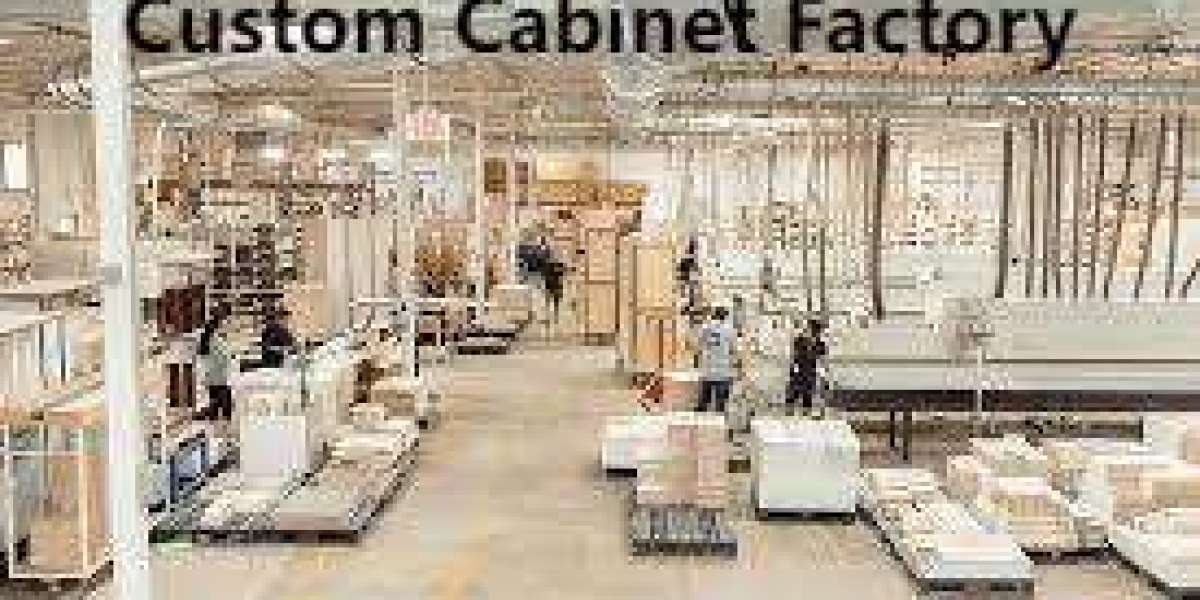Yes, the rug (carpet) business in India can be profitable, but like any business, it comes with risks. Hand-tufted rugs are a popular middle-tier product, and they do have both advantages and disadvantages.
Let me break it down into three parts as you asked:
1. Is The Rug Business Profitable in India?
Pros / Opportunity Factors:
Strong Export Market
India is a global leader in the export of handmade carpets.
According to IBEF, India’s carpet exports (handmade) were US$1.39 billion in FY24.
The Carpet Export Promotion Council (CEPC) supports exporters, helping connect with international buyers.
Growing Domestic Market
According to market research, the Indian carpet & rug market is expected to grow.
There is increasing demand for custom and premium rugs, and also for sustainable/eco-friendly rugs.
Labour-Intensive but Scalable
The handmade carpet industry is labor-intensive, employing many artisans, which means relatively lower labor costs in India compared to Western countries.
Because of this, even with handmade processes (such as knotted or tufted), margins can be good if you scale, maintain quality, and manage your supply chains well.
Product Diversity
You can target different segments: low-cost machine-made or tufted rugs for budget/mass markets; hand-knotted or premium wool rugs for high-end buyers; export vs domestic.
Many companies already do this, giving flexibility.
Risks / Challenges:
Competition
The industry is quite fragmented and competitive.
There is competition not just from other Indian rug makers but also from cheap imports (especially in some segments).
Export Risk / Trade Policy
Since exports are a big part of the business, fluctuations in foreign demand or adverse trade policies (tariffs, duties) can hurt profitability.
For example, there was recent trouble because of tariff issues.
Currency risk: raw materials may be bought locally, but revenue from exports depends on foreign currency.
Raw Material Costs
Yarn (wool / synthetic) cost volatility can squeeze margins.
Quality Control & Operational Challenges
Maintaining consistent quality is hard, especially with handmade products.
Scaling up means balancing artisan craftsmanship with efficiency.
Cash Flow / Working Capital
Working capital can be high (raw material stock, production lead times).
Smaller / medium players may struggle with cash flow, especially if payment terms from buyers are long.
2. Are Hand-Tufted Rugs Good Quality?
Hand-tufted rugs are good quality for many use-cases, but they are not the top-tier like hand-knotted rugs. Here’s why:
Advantages / What Makes Them Good Quality:
Affordable Aesthetic Luxury: They look very similar to hand-knotted rugs, but are significantly cheaper.
Design Flexibility: Because of the tufting technique, very intricate and modern designs (with a variety of colors) can be made more easily.
Soft & Plush Feel: Tufted rugs often have a thick, cut-pile finish that feels soft underfoot.
Faster Production: They can be produced much faster compared to hand-knotted rugs, making them more scalable and customizable.
Reasonable Durability: Good tufted rugs (especially those with quality yarn and good backing) can last 5–10 years (or even more) with proper care.
So for many buyers — especially those who want a rug that looks good, feels soft, and doesn’t cost as much as a hand-knotted heirloom — tufted rugs are a very good option.
3. What are the cons/drawbacks of tufted rugs?
There are several trade-offs to be aware of when dealing with tufted rugs (or selling/manufacturing them):
Lifespan / Durability
Not as durable as hand-knotted rugs. Over time, the backing adhesive (usually latex) can degrade, which may cause the tufted yarn to loosen or shed.
They are generally more suited for moderate or low-traffic areas.
Shedding
Especially when new, tufted rugs (particularly wool ones) can shed fibers.
This shedding may reduce over time, but low-quality rugs may continue shedding more.
Odor from Backing
The latex/glue used in the backing can sometimes emit an unpleasant smell, especially if the quality of the adhesive is poor.
In cheaper tufted rugs, poor-quality latex or fillers can make this worse.
Cleaning Limitations
You can’t deep wash tufted rugs aggressively: too much moisture or heat can damage the glue in the backing, leading to delamination.
Stains (especially liquid) can be tricky because the backing can absorb moisture.
Dye Issues
Risk of dye bleeding if dyes are not properly fixed: when the rug gets wet, colors may run, potentially staining lighter surfaces underneath.
This is especially a concern with darker backings or poorly dyed yarn.
Value / Resale
Tufted rugs do not generally hold value like hand-knotted rugs.
They are not typically considered investment or heirloom pieces.
Not Ideal for Humid or Wet Areas
In humid climates, the latex/glue backing can deteriorate faster.
Moisture exposure is a bigger risk for tufted rugs.
Quality Variability
There’s a wide range in quality: some tufted rugs use high-grade wool and good latex; others are very cheap with poor materials. You need to vet suppliers/manufacturers.
With poor-quality tufted rugs, issues like smell, shedding, or poor backing are more likely.
4. Examples of Hand-Tufted Rugs (to anchor the discussion)
Here are a few real rug examples (to give you a sense of product quality and market potential):
Jaipur Rugs Genesis Hand Tufted Wool & Viscose Rug: A mix of wool and viscose — good blend of softness and durability.
Hand Tufted Woollen Rug: Pure wool version — more natural feel, likely to shed, but premium feel.
Roselle Floral Hand Tufted Rug 5×7: Smaller size, floral design — good for decorative/medium-traffic area.
Nature’s Carve Custom Hand Tufted Rug: Made-to-order — shows potential for customization, which is a good business play.
Conclusion / My Assessment
Yes, a handmade rug manufacturer business (especially handmade/tufted) in India is potentially very profitable, particularly if you target the right segments (exports, premium domestic, customized designs).
Hand-tufted rugs offer a sweet spot — they provide aesthetic appeal, good quality, and lower cost than hand-knotted rugs.
But risks are real: you must manage quality, backing materials, customer expectations, and operational costs.
If you’re thinking of starting one:
Do a market study (domestic vs export, target customers).
Build strong supplier relationships (yarn, backing).
Focus on quality to minimize cons like shedding or bad backing.
Plan for after-sales / maintenance guidance for customers (how to clean tufted rugs).
Manage export risks (currency, trade policy).













